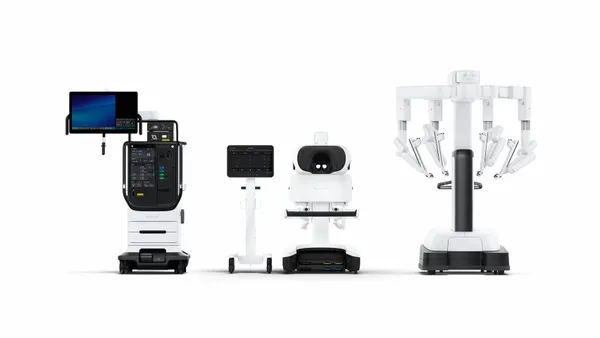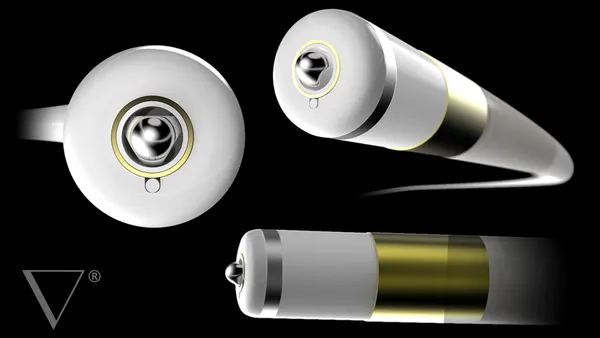Dive Brief:
-
FDA has committed to a phased move to electronic submissions of medical device regulatory filings in final guidance on the topic.
-
Final guidance issued Wednesday hews closely to the draft version released for consultation in September. One of the main changes is the addition of a line stating FDA will release guidance on different submission types sequentially, enabling a staggered move to electronic filings.
- FDA retained the vast majority of the 2019 draft after receiving positive feedback. Medtech trade group AdvaMed proposed just one change, although it did also ask FDA to “provide a reasonable transition time” in its general comments on the draft.
Dive Insight:
FDA committed to providing draft guidance on the move to electronic medical device submissions by October 2019 in the MDUFA IV letter. Days before the deadline, FDA issued a draft that provided a broad overview of the plan for moving to electronic submissions. The draft lacked details of how the transition will work for each filing type. FDA said it was “not feasible” to cover everything in one text.
The upshot is FDA is yet to share key information about how the transition to mandatory electronic submissions will affect 510(k) filings, premarket approval applications and other regulatory requests. In finalizing the text, FDA shared more details about how it will implement each transition.
As it revealed in the draft, FDA plans to develop individual draft guidance documents to “specify the electronic formats, subject matter and scope of applicability for submissions.” The final guidance also states FDA will release “documents sequentially, allowing for an eventual phased implementation.” A phased implementation could lessen concerns about the burden of moving to electronic filings.
Another new line added to the final guidance also addresses the need to manage the speed of the transition. Specifically, FDA said it intends “to consider the time period necessary to transition to use of the electronic format when identifying the date on which electronic format will be required.”
The change follows feedback from AdvaMed about the pace of the transition. AdvaMed wants FDA to provide the industry with a “reasonable” time to implement and validate the specifications set out in the individual guidance documents and keep specifications static during the transition. The trade group said 18 months would generally be a reasonable transition time.
Other changes to the 2019 draft include the addition of real-time review supplements to the list of PMA submission types that will move to mandatory electronic filings. FDA made the change after RTI Surgical noted the omission of real-time review supplements from the draft guidance.
FDA said the finalization of the guidance is intended to satisfy its MDUFA IV commitment. Yet, work on the move to fully electronic submissions is only just beginning. The planned individual guidance documents will contain the key information and are the potential source of disagreement.
AdvaMed has already begun to set out what it wants to see in the individual documents, using its feedback on the general draft to call for FDA to “provide as much flexibility as possible” to help the medtech industry “streamline and optimize internal processes and decrease submission timelines and burden.” FDA is yet to share a timeline for the publication of the individual documents.












